|
Grizzly bear 663 was only captured, handled and collared once during her lifetime; trapped on October 2, 2010 at Jasper Creek in Yellowstone National Park. At the time of her first and only capture, she was 6 years old, weighing 206 lbs. and not accompanied by any cubs at that time. The Interagency Grizzly Bear Study Team fitted 663 with a radio collar. In 2011, during aerial flights and visual observations, no cubs were observed. During 2012, she was observed with 2 cubs-of-the-year (COY) during May, but no cubs were observed during the month of June; presumably, both cubs perished but the cause of mortality is unknown. In 2013, 663 cast her collar. Observations during 2013 concluded that 663 did not have cubs. During 2014, 663 was observed with two cubs-of-the-year; later in the summer, she was observed with only one. The following year 2015, she was observed with no cubs, suggesting that her lone remaining cub perished some point during 2014. As of 2020, grizzly 663 is 16 years old. Figure(s): Four maps depicting varying spatial components pertaining to grizzly 663 from 2016-2018. During this three-year period, citizen scientists and park personnel observed 663 for 180+ credible and verified observations. (A) Displays observations by month, and outlines 50% and 95% observational home ranges (OHR). (B) Displays Kernel Density Estimation (KDE) while outlining 50% and 95% OHR. (C) Displays habitat and vegetation type located inside of the 50% and 95% OHR, which is predominantly big sagebrush, Idaho fescue with inter-mixed subalpine fir. (D) Displays movement tracks calculated by linking subsequent sightings based on date and time. Since 2016, grizzly 663 has exhibited seasonally 'predictable' movements. The road which runs from Mammoth to Cooke City fragments her observational home range. From 2016-2018, grizzly 663 completed one full reproductive cycle. During this period of time, we estimate her 95% observational home range at roughly 40 km2; her 50% observational home range sits at roughly 28 km2. While grizzly 663 has a range that is noticeably smaller than the documented average by the Interagency Grizzly Bear Study team, it could be for several reasons. In areas of high density or similar necessity for nutritional resources, ranges exhibited by female grizzlies are much smaller as opposed to those home ranges documented in low-density areas. This change is likely due to competition for space, and areas of frequent foraging; also the avoidance of dominant male grizzlies (Blanchard & Knight 1991, Dahle & Swenson 2003, Schwartz et al. 2003, Dahle et al. 2006, Edwards et al. 2013, Bjornlie et al. 2014). Grizzly 663 is just one of nearly half-a-dozen females within the Lamar Valley area that exhibit an observational home range less than 100 km2 over a three year period. In the case of Lamar Valley, given the number of observations and the number of unique individual bears surveyed in one day (n = 31), we speculate that the density is a driving factor for smaller home ranges for females with cubs in this region of Yellowstone, and could vary seasonally. Works Cited
1 Comment
12/1/2023 07:52:01 am
Documents Required to Obtain a Residence Permit by Purchasing Real Estate
Reply
Leave a Reply. |
AuthorTyler Brasington is a native born and raised Pennsylvanian, yet proud current Wisconsin resident. He graduated from the University of Wisconsin-Whitewater with a B.S. in Environmental Science. Currently, Tyler is pursuing his masters in Natural Resources with the University of Wisconsin-Stevens Point. He has worked in Yellowstone National Park under the guidance and supervision of Dr. George Clokey and Dr. Jim Halfpenny. Disclaimer: The information and views expressed on this page do not necessarily represent the views of the Department of Interior, US Geological Survey, National Park Service or the United States Government.
The Greater Yellowstone Grizzly Project
www.yellowstonegrizzlyproject.org © 2021 Tyler Brasington All rights reserved. No portion of this website may be reproduced in any form without permission from the publisher, or appropriate authors, except as permitted by U.S. copyright law. For permissions contact: [email protected] Archives
February 2021
Categories |
- Welcome
- Home
- About
- Submit sightings
- Family Tracker
- Publications & Research
- Natural Life History
- Cementum Age Determination for Grizzly Bears
- Nutrition & Diet
- Radio Telemetry and Wildlife Tracking
- Chemical Immobilization and Wildlife Handling
- Infectious Disease in Bears
- Effects of Wildfire on Grizzly Bears: Yellowstone 1988
- Mortality Database
- Photo gallery
- Contact


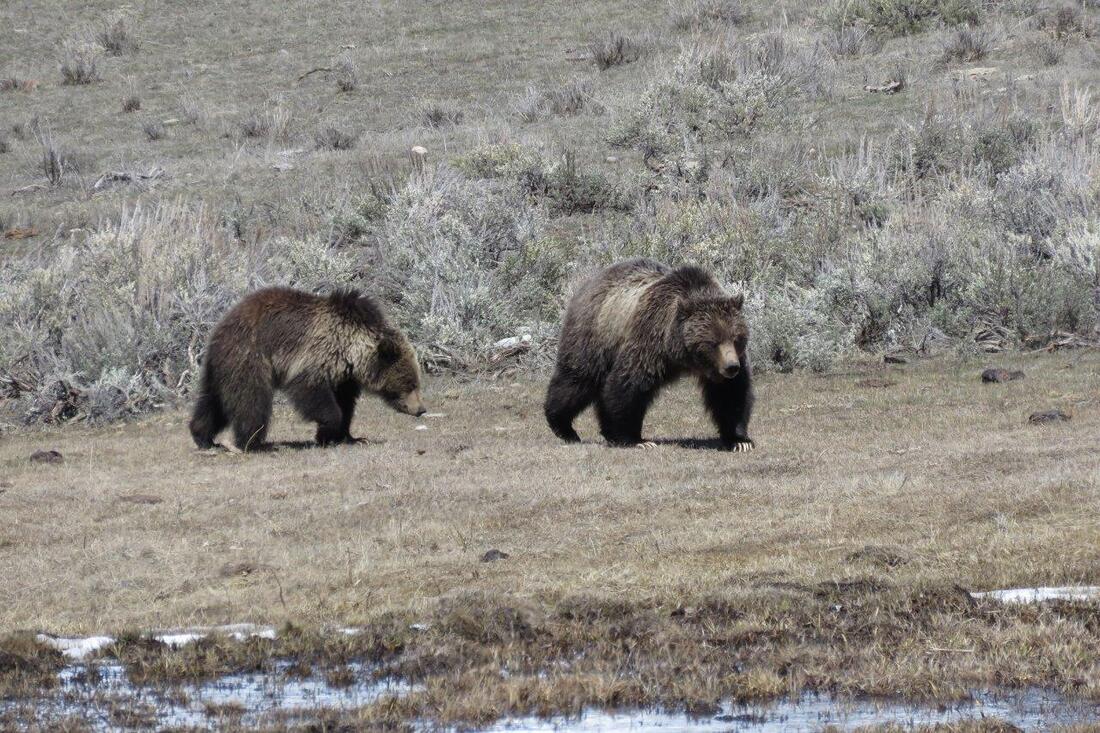
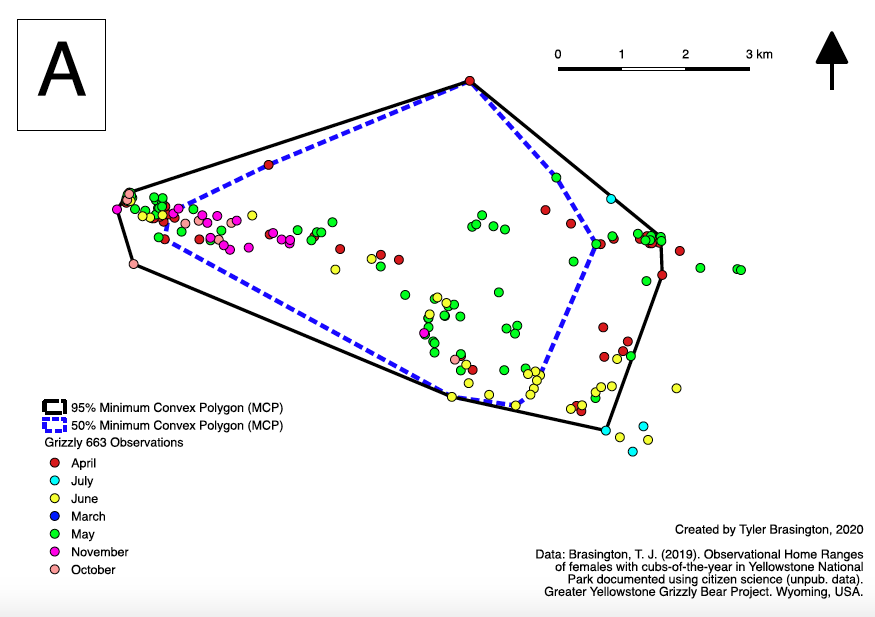
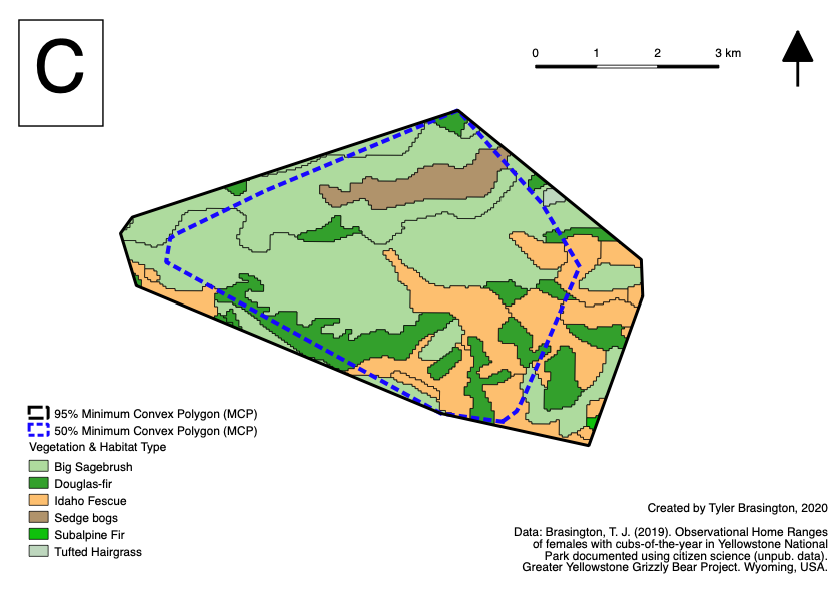
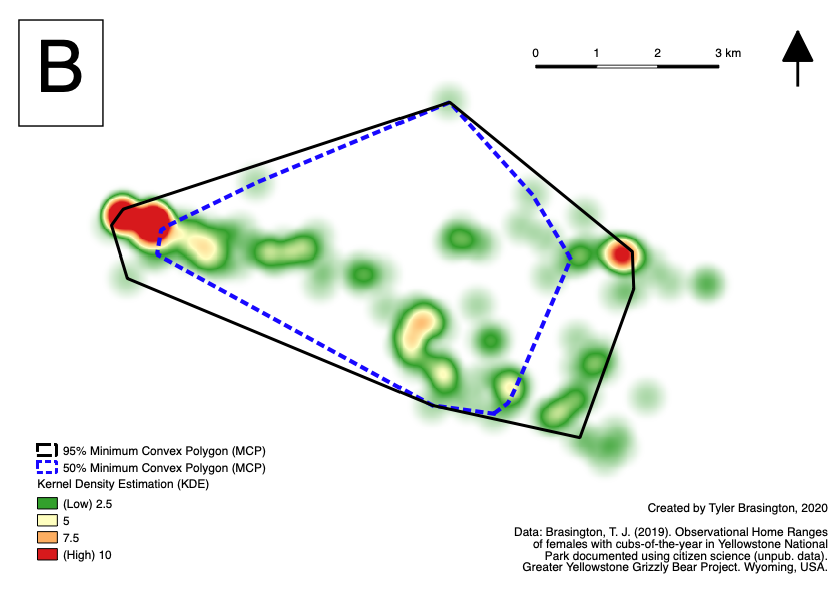
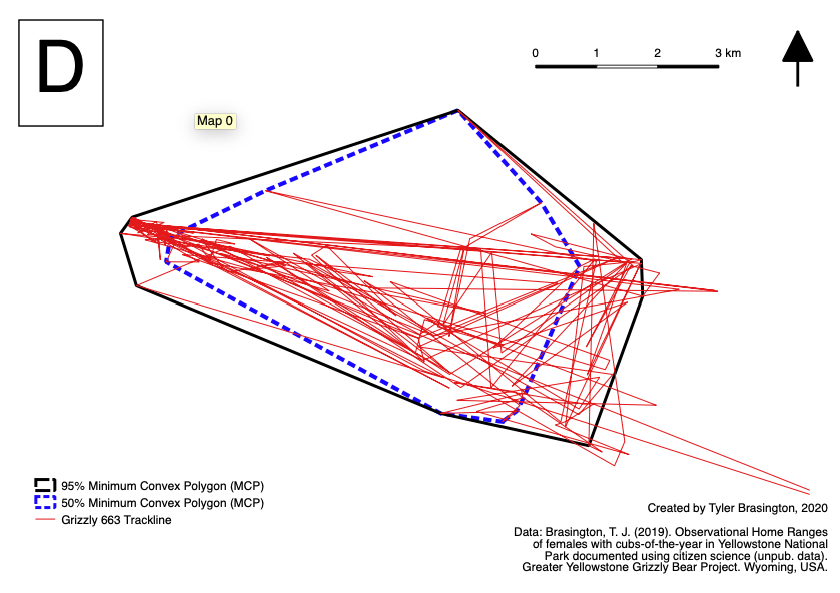


 RSS Feed
RSS Feed